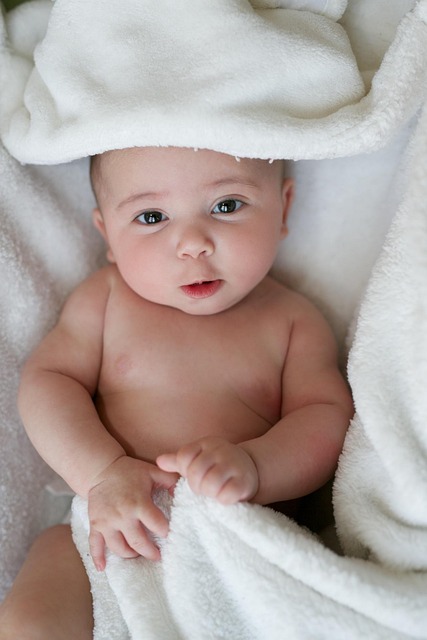When our son Lucas was just a few weeks old, he faced a health scare that led to his hospitalization. Night after night, I watched him in a hospital crib, surrounded by an array of monitors and tubes. It was a scene that felt surreal, like he was an alien in a medical pod, dependent on machines for his survival. During those tense nights, I carefully maneuvered into his crib, ensuring I didn’t disturb the delicate wires and tubes. With my body curled around his, I whispered soft breaths into his face.
The moment he instinctively turned to nurse for the first time, I was overwhelmed with emotion. The nurses, surprised and supportive, permitted me to sleep beside him each night. I genuinely believe that my presence played a significant role in his healing, and it offered me a profound sense of comfort during an incredibly stressful time.
Our family doesn’t live off the grid, nor do we have a homesteading lifestyle. However, we embrace the choice to co-sleep—a decision that feels quite unconventional in our suburban San Diego neighborhood. My partner, Jake, naturally embraces what he believes is best for our family without needing to justify our lifestyle choices. For me, it’s a bit more challenging. I thrive on deep connections, often seeking to go beyond surface-level conversations when making new friends. When the topic of our sleeping arrangements comes up, I inevitably encounter raised eyebrows and uncomfortable exchanges.
Yet, the thought of not sharing a bed with our children is far more difficult to accept. From the moment they entered the world, our kids have slept next to us. We practice safe co-sleeping for infants, adhering to essential guidelines: no fluffy blankets, no pillows, and no alcohol consumption. If either of us had a sleep disorder, co-sleeping might not be feasible. But as it stands, the baby wakes, nurses, and drifts back to sleep easily.
As our children grow, co-sleeping evolves into a haven, providing respite from the outside world. After a long day filled with challenges—be it school-related disappointments or moments of self-doubt—the family bed becomes a sanctuary of connection and emotional renewal.
When Lucas has a nightmare, he sometimes stirs awake, heart racing. A simple touch from me, accompanied by a gentle, “Yes, sweetheart,” is all he needs to settle back into slumber. Contrary to concerns I’ve encountered about fostering dependency, I’ve observed the opposite in my children. The more comfort we provide, the more capable they become of soothing themselves. They feel safe, reassured that we are always there for them. By age three, all four of our kids exhibited remarkable independence, easily transitioning to playdates and sleepovers without anxiety.
Another common worry I hear revolves around intimacy in our marriage. After 13 years, Jake and I maintain a vibrant relationship that rivals that of many twenty-somethings. Unless you’re confined to a studio apartment, it’s entirely possible to nurture your partnership even with kids in the picture.
As our children mature, the dynamics of our family bed shift. There are nights when we find ourselves snuggled with our two youngest, ages 5 and 14, while our teenager and I engage in deep conversations that often reveal their innermost thoughts—discussions that might feel too vulnerable during the light of day.
Co-sleeping embodies the essence of our humanity: the awkwardness of snoring, the joy of shared laughter, and the routine of open-mouthed slumber. While the darkness can be daunting, the comforting presence of loved ones serves as a shield against a world that demands so much from our children. We find solace, warmth, and protection in our familial bond.
For anyone interested in learning more about the nuances of family sleeping arrangements and parenting, I recommend checking out this excellent resource on artificial insemination, which can provide additional insights into family dynamics. Additionally, for those exploring the option of home insemination, this guide on baby maker kits can be quite helpful. You can also delve into more comprehensive information by visiting Wikipedia’s page on artificial insemination.
In summary, co-sleeping has provided my family with a nurturing environment that fosters emotional closeness and independence. It’s a choice rooted in love and connection, allowing us to grow together through the complexities of life.
